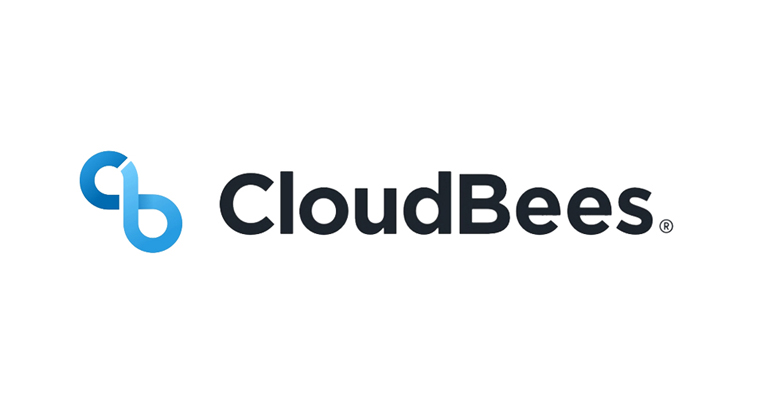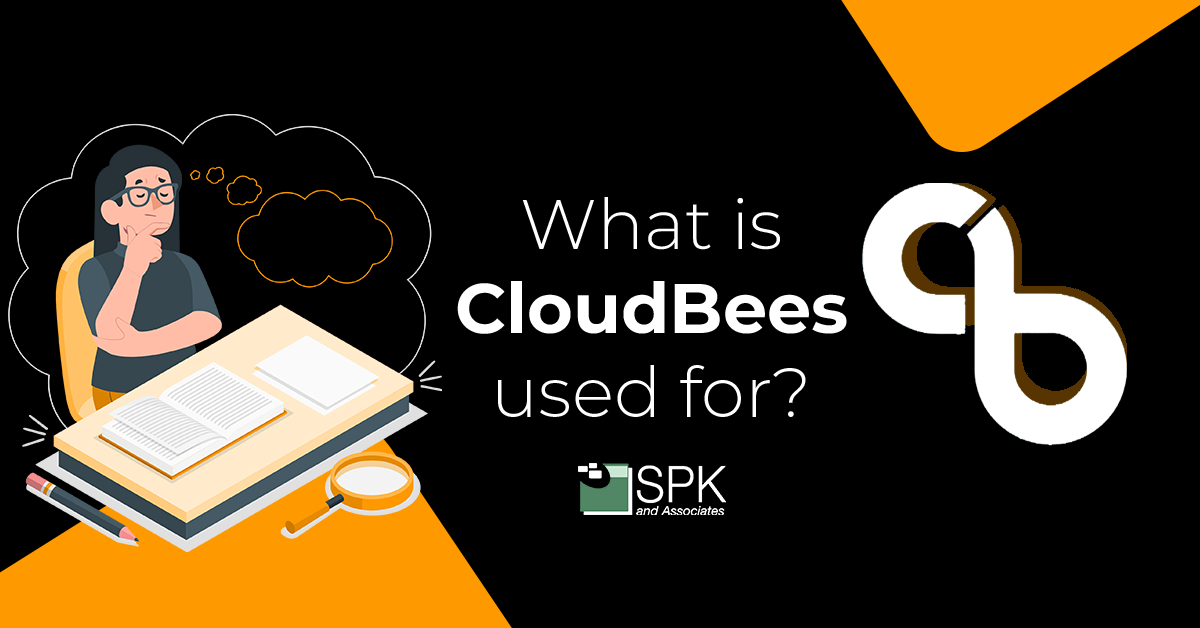Moving quickly and safely can be a fine balance for many businesses. There’s a need to get products to market, fast and an equal need to mitigate risks. How can you quickly release updates of your software product to the market but be able to revert updates if something goes wrong? With tools like CloudBees, you can do precisely that. But what is CloudBees used for and how does it work? In this blog, we are going to detail a high-level view of the CloudBees tools and their capabilities.
What Is CloudBees?
Choosing the right tools for DevOps, IT people and business people is key to success. CloudBees is an enterprise-grade company. They build software for DevOps and IT people who are responsible for designing customer solutions. CloudBees products create a centralized and collaborative business viewpoint. This enables faster deployment of resources, improved governance and faster time to market.

1. Jenkins
Jenkins is a continuous integration tool (CI). CloudBees is the enterprise sponsor of Jenkins. As Jenkins is open source and free, many companies have adopted it to help integrate (combine) code written by their developers. As they use it, they push the boundaries of what free software should do. CloudBees CI (which is part of CloudBees Software Delivery Automation) also fixes some of the issues with Jenkins as it grows. Learn more about the most common issues with Jenkins in this blog.
2. CloudBees Software Delivery Automation (SDA)
CloudBees SDA can break down silos, drive DevOps mentality and organizational value through its powerful and flexible software suite. We all know that DevOps can reduce a software team’s release cycles. This is completed through automation and new tools. However, ensuring collaboration between groups who have traditionally been at odds is no easy feat. That’s why CloudBees SDA connects all the tools in your DevOps toolchain to efficiently and securely automate the software releases.
3. CloudBees CD/RO
Several years ago, CloudBees also acquired Electric Cloud. With this, they renamed the tool to CloudBees CD/RO (continuous delivery/release orchestration). The CI and CD/RO products are on-prem products, meaning you can install them within any infrastructure you want. This includes in a data center or in the cloud like AWS or Azure.

This tool distributes jobs in parallel across multiple resources for a faster overall cycle time. It also supports colleagues to work across multiple locations and multiple programming languages from a centralized location.
The Advanced Model-Based Deployment feature also separates the What, Where, and How of release orchestration. This allows targeting a different endpoint, like Google Cloud (GCP) or Amazon Web Services (AWS), without needing to change the process or the payload.
Additionally, the Self-Service Catalog allows non-technical people to run reports.
4. Feature Management
The third big product that CloudBees has is Feature Management, also known as feature flagging. This is a SaaS offering that allows someone that isn’t technical (i.e. Product Manager, line-of-business owner, etc) to turn features on and off within new software that is deployed. For example, code is deployed with the feature off. Then, a product manager, can click a button and turn the new features on within their product. This helps companies decouple software deployment from software feature releases.
5. Analytics
CloudBees Analytics provides a single source of truth to monitor and optimize your underlying CI infrastructure. Providing meaningful insights, so you can:
- Enhance your build performance.
- Right-size your workloads over demand cycles.
- Prevent unplanned downtimes
- Get a holistic view of your plugin usage across all your pipeline jobs.
What Are The Benefits of Using CloudBees Products?
- Manage, release, and measure features at scale.
- Visibility and reporting for better project predictability.
- Track changes including applications or microservices, artifacts, jobs, resources, and workflows.
- Automating workflows, application or microservice deployments, or pipelines.
- It displays the path to production for any artifact.
- Includes role-based access control, automatic or manual approvals and built-in tracking for every pipeline change and run.
- Supports mainframe building and cloud-native software
- Enables continuous integration (CI) and continuous delivery (CD) and automated release orchestrations.
- Improve governance, security compliance and auditability.
- Integrates with a broad range of third-party applications.
- Streamlines how DevOps, IT people and business people collaborate.
Conclusion
CloudBees enables developers to focus on what they do best: Build stuff that matters, while providing peace of mind to management with powerful risk mitigation, compliance and governance tools.
SPK and Associates is your partner for CloudBees User and Administration training. We offer training options including:
- Factory Out-Of-The-Box training
- Customized training, which includes your company’s nomenclature and technology
As a trusted CloudBees partner, SPK and Associates can support your CloudBees implementation and training. Contact us here to discuss implementing CloudBees and delivering training within your business.







